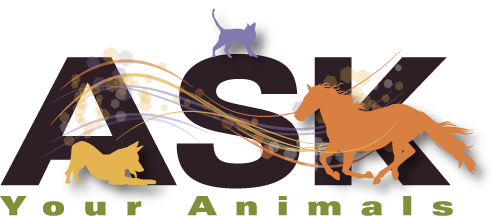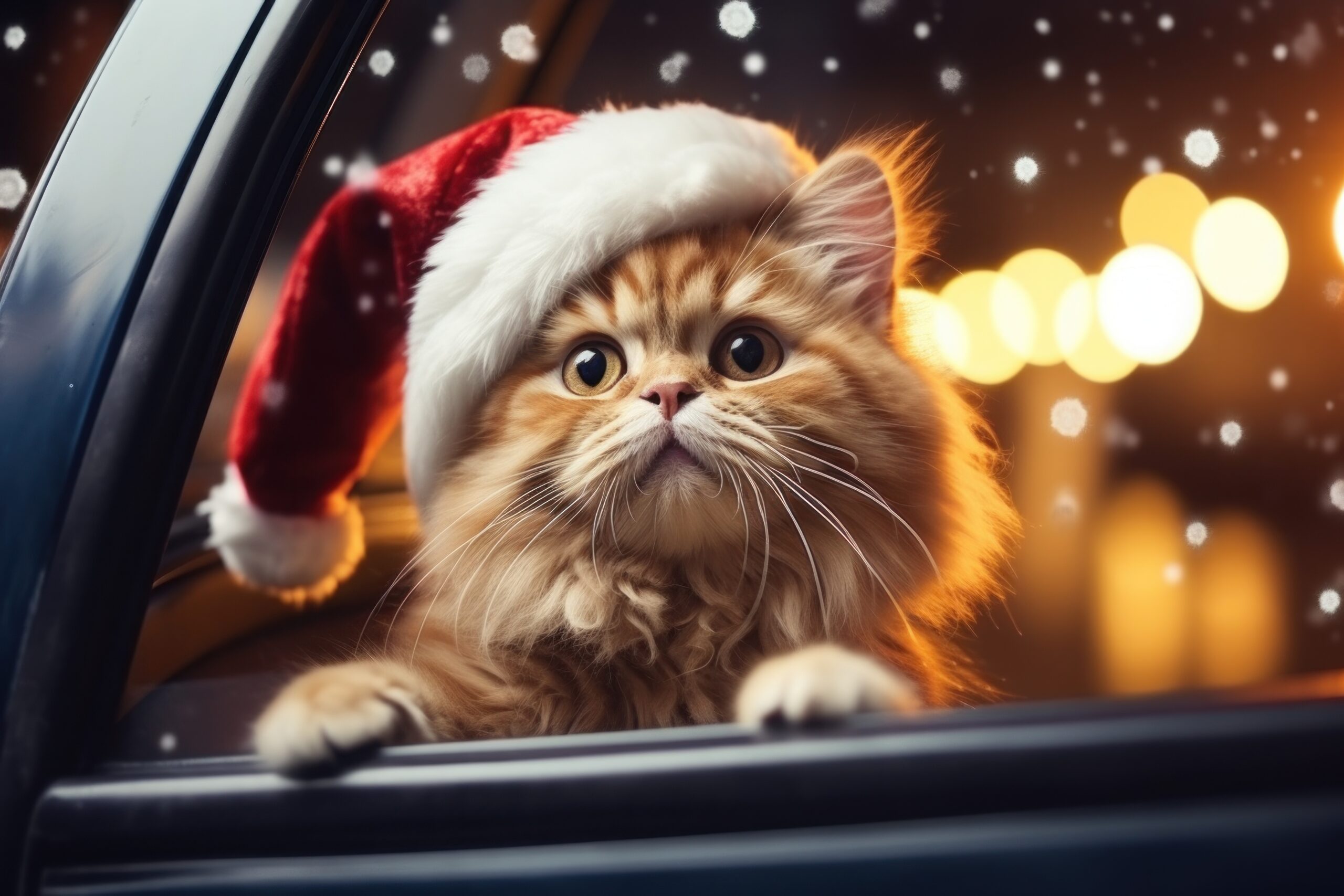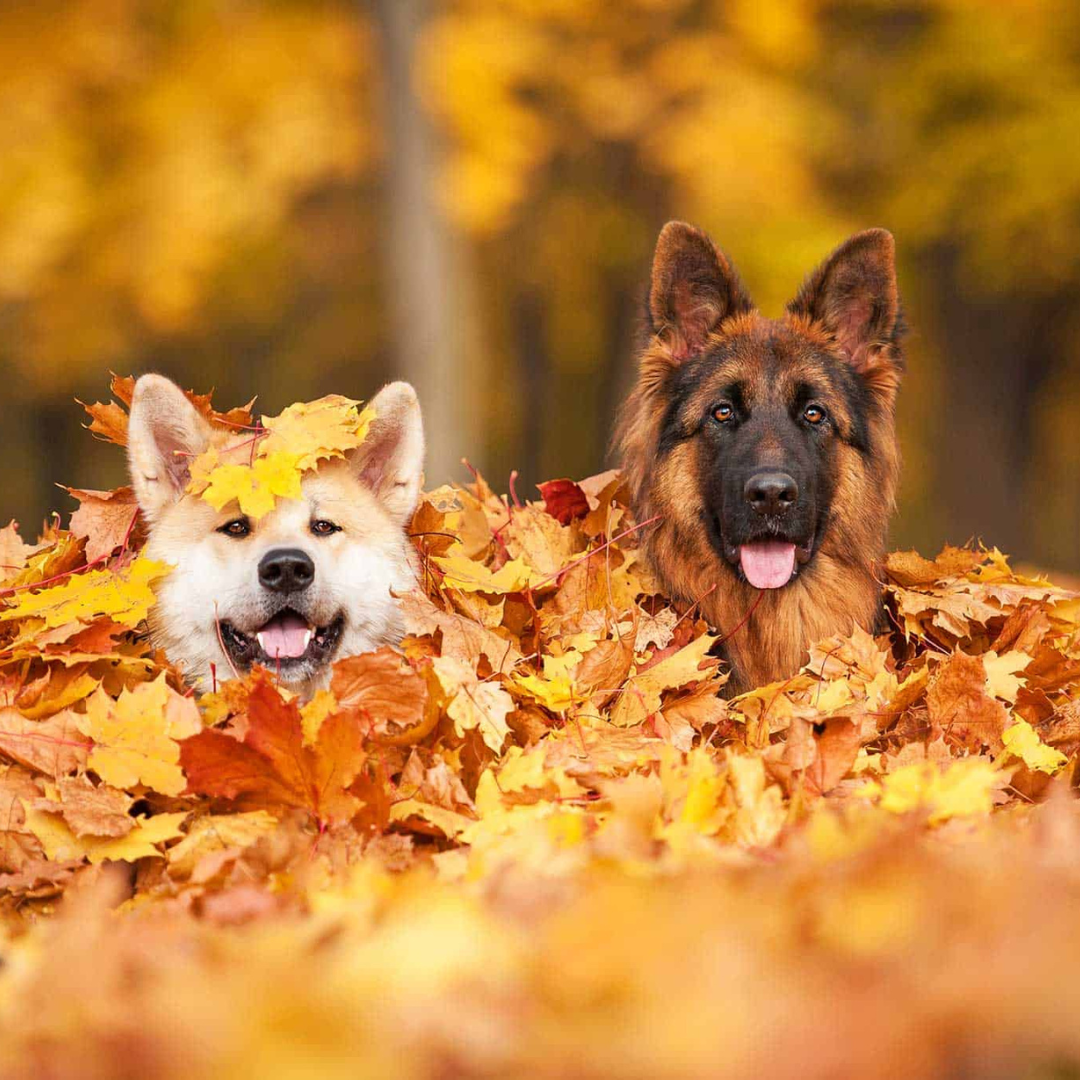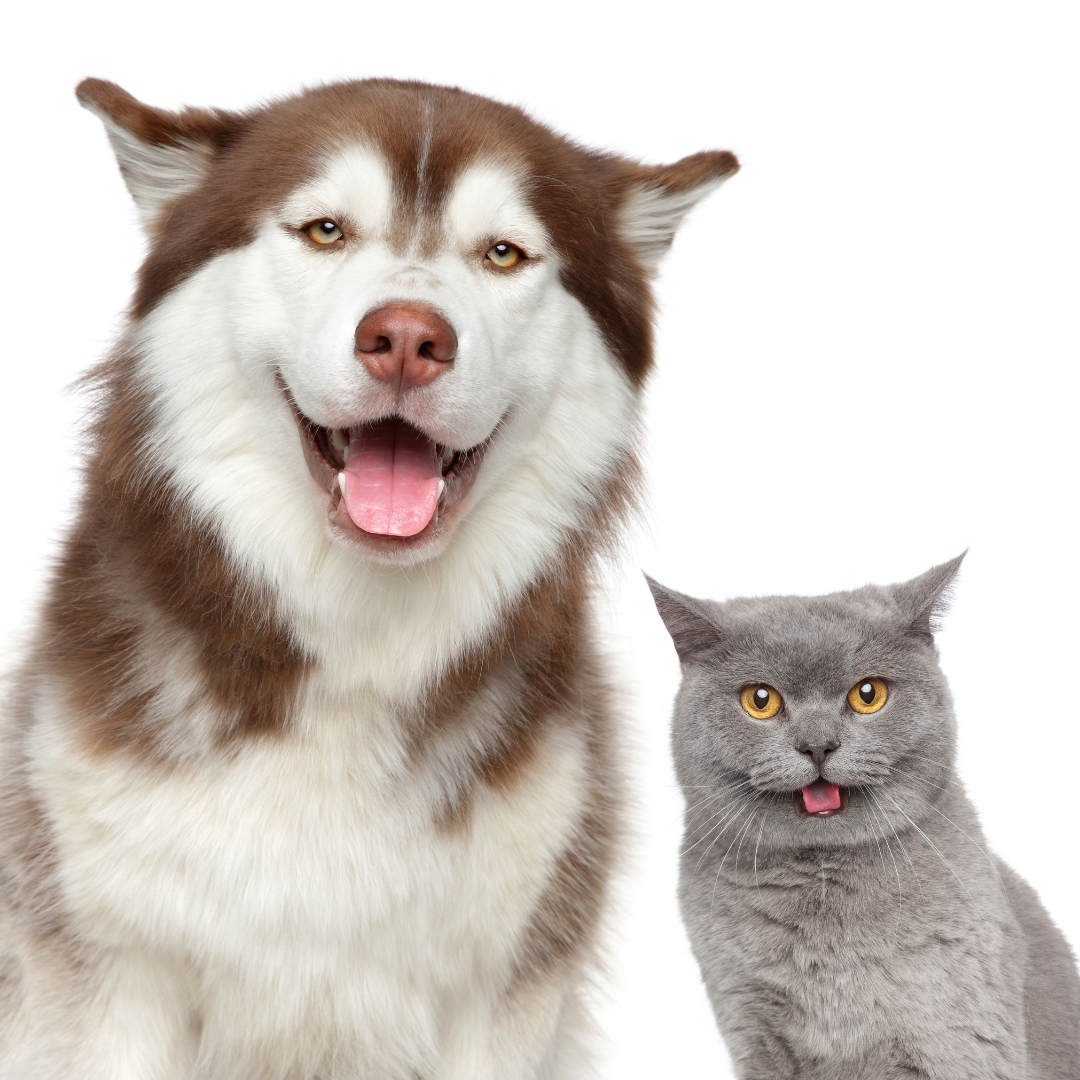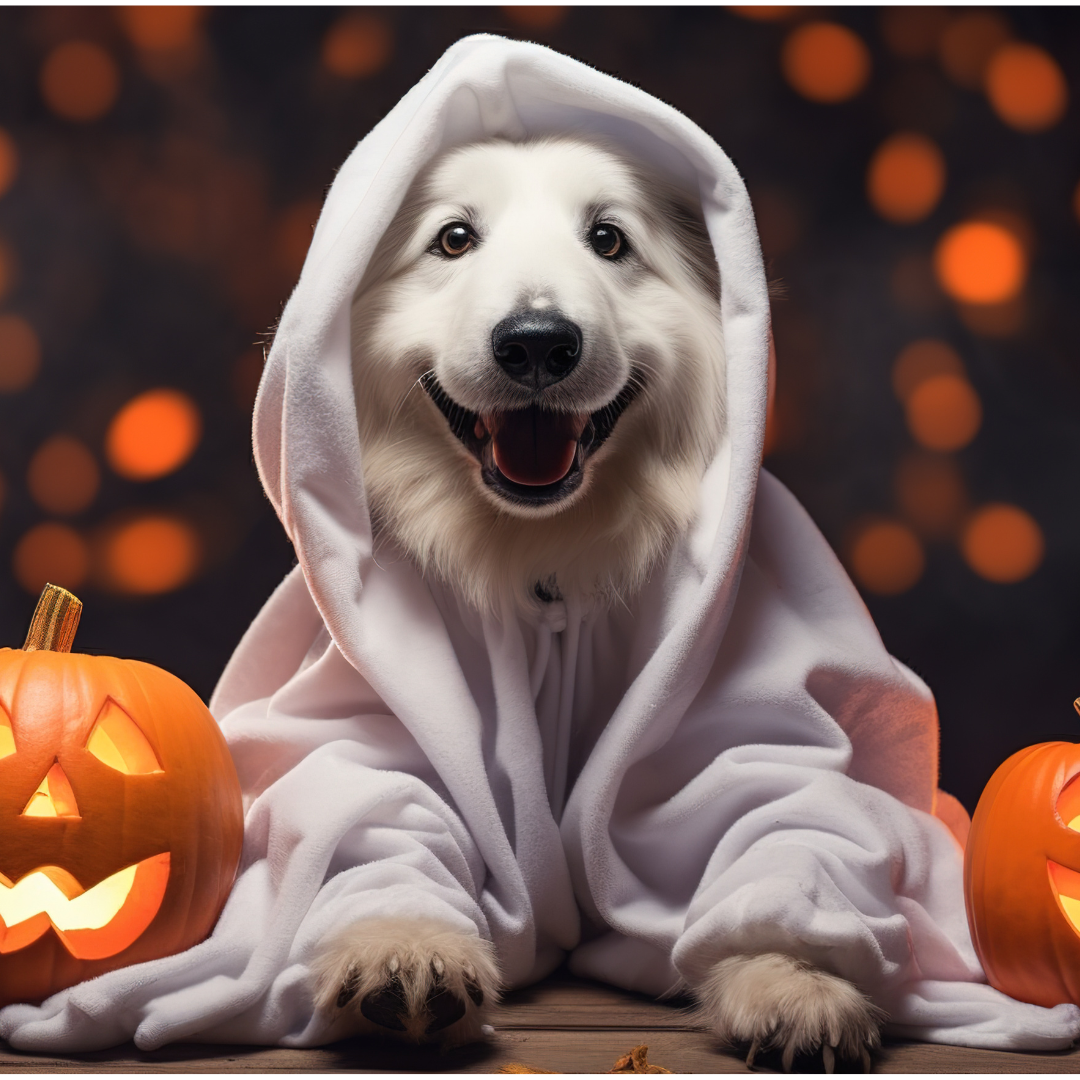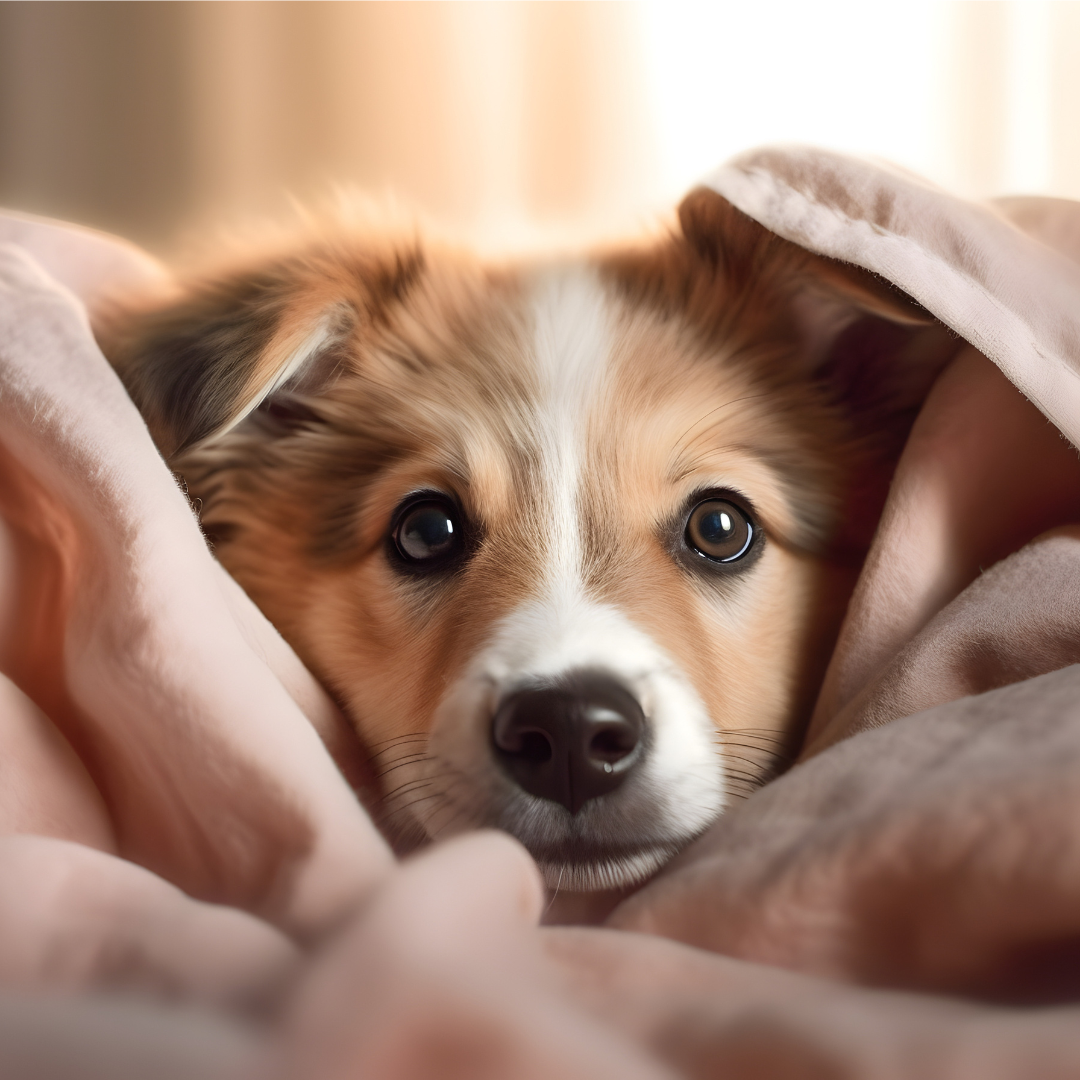As the new year approaches, it’s a wonderful time for pet owners to reflect on their relationships with their furry companions and set intentions for a harmonious and fulfilling journey ahead. One powerful tool that can facilitate this process is animal communication—an incredible way to deepen the bond between humans and their beloved pets while fostering understanding and mutual respect.
Embracing the Power of Animal Communication
Animal communication isn’t about simply talking to animals in the conventional sense. It’s a practice that involves tuning into your pet’s thoughts, emotions, and sensations, creating a bridge of understanding that transcends verbal language. It’s a means of establishing a deeper connection and gaining insight into your pet’s needs, desires, and overall well-being.
Setting Positive Intentions
As pet owners, setting positive intentions involves aligning your thoughts and actions with the shared well-being of you and your furry companion. Here’s how you can use animal communication to set intentions for a beautiful year ahead:
1. Cultivating Understanding
Begin by dedicating quiet moments to connect with your pet. Practice mindfulness and openness, allowing yourself to be receptive to their signals. Observe their behaviors, gestures, and vocalizations. Through this observation, seek to understand their unique ways of expressing themselves.
2. Establishing Trust
Building trust is essential in any relationship, including the one you share with your pet. Communicate your love, appreciation, and respect. Use gentle, reassuring words and actions. Visualize your desired positive outcome in each situation. Be consistent in your behavior, respecting their boundaries while fostering an environment of safety and security.
3. Creating Balance and Wellness
Set intentions that focus on the well-being of your pet. Whether it’s introducing new activities for mental stimulation, ensuring a balanced diet, or incorporating regular exercise into their routine, aim for holistic wellness. Use animal communication to gauge their responses and preferences, tailoring their care to align with their needs.
4. Strengthening Connection
Nurture the emotional connection with your pet by spending quality time together. Engage in activities that bring joy to both of you. Listen to their cues during these moments—observe their body language and responses. Use this communication to deepen your understanding of their likes, dislikes, and comfort zones.
5. Setting Goals Together
In the spirit of the new year, set achievable goals that benefit both you and your pet. Perhaps it’s learning a new trick, exploring a different walking route, or even incorporating relaxation techniques like massage or meditation for both of you to unwind together.
Animal Communication
The above tips for setting positive intentions are all great ways to enhance your relationship wth your pet 1-on-1. When you find yourself seeking deeper insights, detailed information, or a health assessment for your beloved pet that may extend beyond your current understanding, connecting with an experienced animal communicator can offer invaluable assistance. Animal communicators, also known as animal medical intuitive, specialize in tuning into animals on a profound level, providing insights and understanding that might transcend your immediate scope. Whether it’s unraveling complex behaviors, understanding their emotions, or assessing their well-being, an animal communicator can serve as a valuable partner in nurturing a deeper connection and addressing intricate aspects of your pet’s needs that might require an advanced level of communication.
By incorporating animal communication into your relationship with your pet, you pave the way for several incredible benefits:
- Strengthened bond: Enhanced understanding leads to a deeper connection between you and your pet.
- Improved well-being: Aligning intentions with your pet’s needs promotes a healthier and happier life for both of you.
- Resolving issues: Address behavioral concerns or emotional distress by listening to your pet’s communication cues and responding accordingly.
- Mutual trust: Establishing trust through open communication creates a more harmonious and trusting relationship.
As we step into a new year, let’s embrace using animal communication to foster empathy, compassion, and a profound connection with our pets. By setting positive intentions and practicing mindful communication, we can create a year filled with mutual understanding, love, and joy in our relationships with our beloved furry friends. Cheers to a pawsitively wonderful new year ahead!
